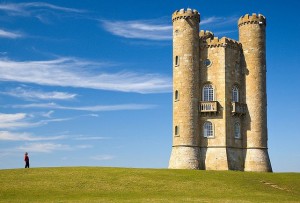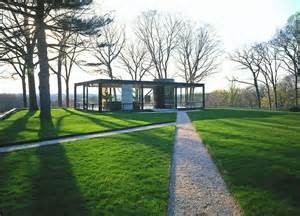

The architectural folly has a long history. James Wyatt designed Broadway Tower in the Cotswalds in 1794. While it was more or less habitable—William Morris and Edward Burne-Jones rented it as a studio for a time—it was not primarily intended to be a functional shelter. It was an architectural whimsy—and understood as such. It struck me the other day that we take our follies much too seriously. Philip Johnson’s Glass House, for example, is a stereotypical folly: impractical, unusable in extreme weather (it lacks proper ventilation and insect screens), not really a house at all. Yet it is a beautiful pavilion. However, like the Farnsworth House, it is mistakenly taken to be a work of domestic architecture. More than that, it is often represented as exemplary—the expression of the essence of design. That, surely, is a mistake our forebears would never have made. When Wyatt built a country house, like Castle Coole in Ireland, he followed well-established Palladian conventions. There is a time to play and a time to be serious.

Johnson seemed to have split up a usable dwelling place into multiple buildings on a single plot of land. All together, there is most of makes up a comfortable house.